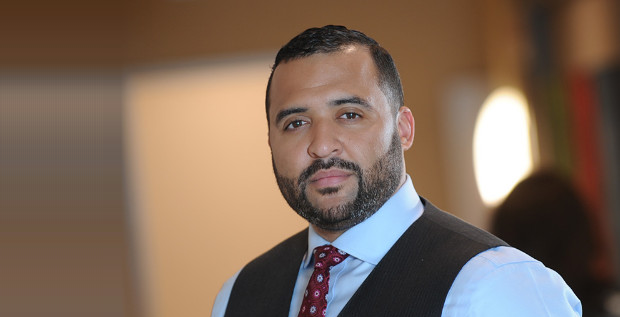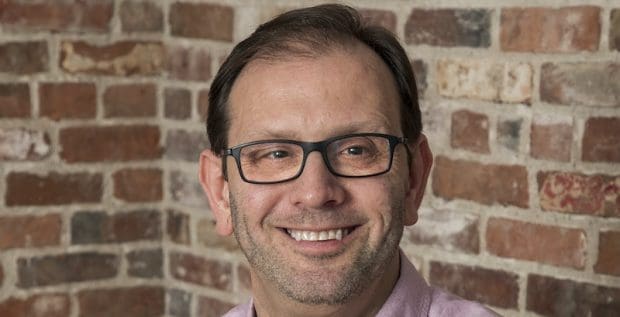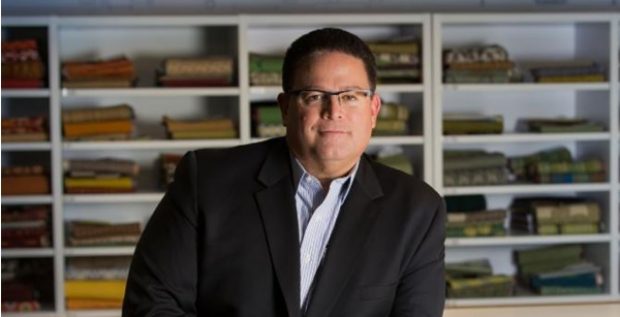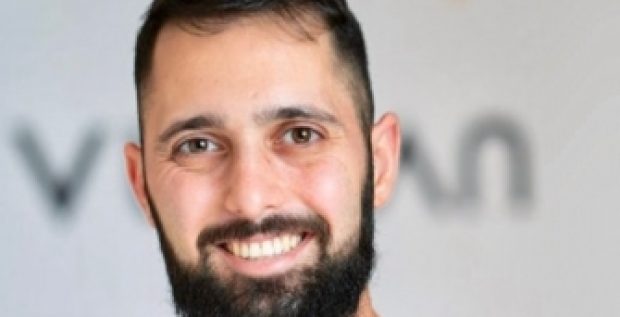Developing digital solutions that engage users while charting the future of healthcare, finance, and other specialized industries
Chris Cera is CEO of Arcweb Technologies, a Philadelphia-based digital design and development firm that creates custom technology solutions for organizations in specialized industries such as healthcare, financial services, e-commerce, and transportation. The company’s service capabilities encompass digital strategy, web and mobile applications, managed services, software engineering, user experience design, and more. Clients have included Penn Medicine, the Children’s Hospital of Philadelphia, CapitalOne, and dozens of others.
JEFF MACK: Tell us about how Arcweb got started.
CHRIS CERA: We are just over six years old. We started at a coworking space called Independence Hall, which is in Old City. We initially were just doing software development and project management. Over time—fast forward six years—we do three things. The first is digital strategy, which is essentially a form of management consulting. The second is user experience and design. And the third is software engineering, where we make the digital products work.
Q. What differentiates the company in your markets?
A. One of the things that makes us unique is that we do the three things the—digital strategy, the UX, and engineering—all together. Typically, you might have three different firms or three different budgets that you have to manage; with us, you can basically have a single partner as your go-to-market partner. We work with a lot of Fortune 500s that have innovation groups, or VC and private equity-backed companies that are trying to go fast, because you basically have one single partner, one hand to shake that can bring you from an idea all the way to end market.
Q. Where do you intend to take the company next?
As far as continuing to grow, I feel pretty focused on just trying to continue doing what we do now, only do more of it. There are always shiny objects in business, and things that you want to try or do—whether it’s a market expansion or a new product—and I think we’re really just trying to stay laser-focused on what we do and what we are good at.
Our mission statement is to build products that people love. It’s actually an offshoot. It’s been an evolution. It actually started off as “stop building crappy products” and then we decided to flip it around and make it a very positive thing. A lot of people, when they’re working in digital systems, forget that the systems actually support people, and so just putting that emphasis on people first helps to remind us that we’re really doing the business that we’re doing so the people can get their job done. A lot of our clients, being in Philly and in this region, and also just focussing on healthcare and the financial sector, a lot what we end up doing is the B2B products. B2B products, I think people typically don’t like—it’s like, “I got to use this crappy system” at work or something like that—and they begrudgingly are using it because it’s part of their job. We want to make it where people love their job and they love the things that they’re doing their job with.
Q. Can you give us an example of your work?
A. Locally, we work with a lot of large and small companies. One of the recent case studies is with Penn Medicine. It was a product called Our Directives, and it’s something that helps a patient in a healthcare setting register their healthcare advance directive. You can specify certain preferences for the patient where you say “I don’t want feeding tubes or an oxygen tank” or you can specify who your healthcare proxy is—the person who can make decisions for you if you’re unable to make decisions or essentially terminal, where your conditions are getting worse—so there are all kinds of laws and whatnot that trigger it. It’s a huge problem in the health system, and a huge problem from a moral perspective, because ultimately you have a system that keeps people alive almost at any cost, regardless of the quality of their care. That’s kind of the way the system is setup today. This product really tries to address that by focussing on the wishes of the actual patient. In that way there is less moral distress when there is actually an end-of-life situation. Some of these get pretty ugly involving attorneys, lawyers and whatnot that are trying to resolve estate issues around end of life. It’s a very important problem, and it’s something where we basically worked from paper napkin-style, sketching things out, to we’ve done multiple iterations in the market and released the product, and now Penn maintains and supports it all on their own.
Connect with Chris on LinkedIn



















